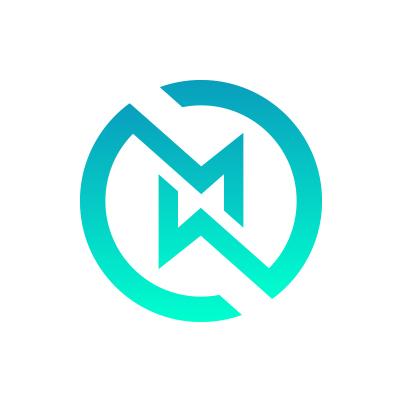Notifications

4 minutes, 50 seconds
-25 Views 0 Comments 0 Likes 0 Reviews

# **Understanding POE2 Currency: The Lifeblood of Path of Exile 2**
## **Introduction**
Path of Exile 2 (POE2) is one of the most anticipated action RPGs, promising deeper mechanics, improved gameplay, and a more immersive economy. At the heart of this economy lies POE2 currency—a complex system that drives trading, crafting, and character progression. Unlike traditional games with gold or coins, POE2 uses a barter-like system where various orbs and items serve as currency. This article explores the different types of POE2 currency, their uses, and their impact on the game’s economy.
## **The Unique Currency System of POE2**
POE2 retains the original game’s currency-free approach, where players trade items and orbs instead of a universal monetary system. These currency items have dual purposes: they can be used for trading or consumed for crafting and modifying gear. Some of the most important currency types include:
1. **Orb of Alteration** – Used to re-roll modifiers on magic items.
2. **Chaos Orb** – A high-value currency for trading and randomizing rare item properties.
3. **Exalted Orb** – Adds an additional modifier to rare items, making it extremely valuable.
4. **Divine Orb** – Rerolls the values of modifiers on an item.
5. **Mirror of Kalandra** – The rarest currency, creating a duplicate of an item.
Each currency type has a different drop rate, influencing its value in the player-driven market.
## **Uses of Currency in POE2**
POE2 currency serves multiple purposes:
### **1. Trading Between Players**
Since there is no gold system, players trade using orbs and other valuable items. Chaos Orbs and Exalted Orbs often act as benchmarks for pricing high-end gear.
### **2. Crafting and Modifying Gear**
Currency items are essential for crafting powerful equipment. For example:
- **Orb of Fusing** – Re-links sockets on gear.
- **Chromatic Orb** – Changes socket colors.
- **Vaal Orb** – Corrupts items, adding powerful (but unpredictable) effects.
### **3. Endgame Progression**
High-tier currency like Divine Orbs and Exalted Orbs are crucial for min-maxing builds, making them highly sought after in the late game.
## **The Player-Driven Economy**
POE2’s economy is entirely player-controlled, meaning prices fluctuate based on supply and demand. Factors affecting currency value include:
- **League Mechanics** – New leagues introduce fresh economies, resetting currency values.
- **Meta Shifts** – Popular builds can increase demand for specific crafting orbs.
- **Scarcity** – Rare currencies like Mirrors of Kalandra hold extreme value due to their low drop rates.
## **Tips for Managing POE2 Currency**
1. **Learn Market Trends** – Prices change frequently; staying updated helps in making profitable trades.
2. **Prioritize Useful Currency** – Early on, focus on Alteration and Chaos Orbs for basic crafting.
3. **Use Currency Wisely** – Save high-tier orbs (Exalted, Divine) for endgame gear upgrades.
4. **Engage in Trading** – Use third-party tools (like trade websites) to find the best deals.
## **Conclusion**
POE2’s currency system is a defining feature that sets it apart from other RPGs. With no traditional money system, players must master the use of orbs and items for trading and crafting. Understanding the value and application of each currency type is key to thriving in Wraeclast’s ruthless economy. As POE2 evolves, so will its currency dynamics, making it an ever-changing and engaging aspect of the game.
Whether you're a new exile or a seasoned veteran, mastering POE2 currency will be essential for dominance in Path of Exile 2.

